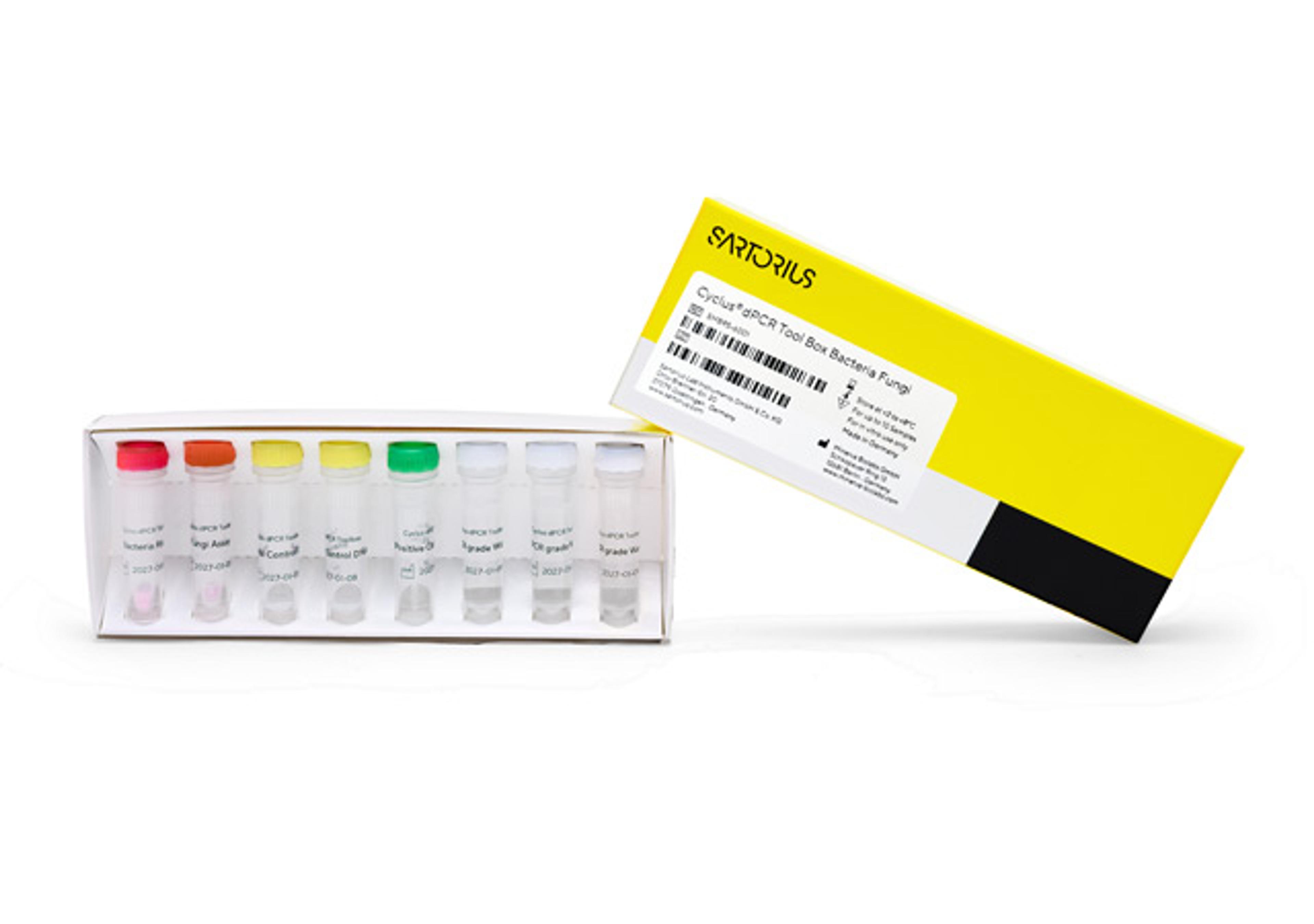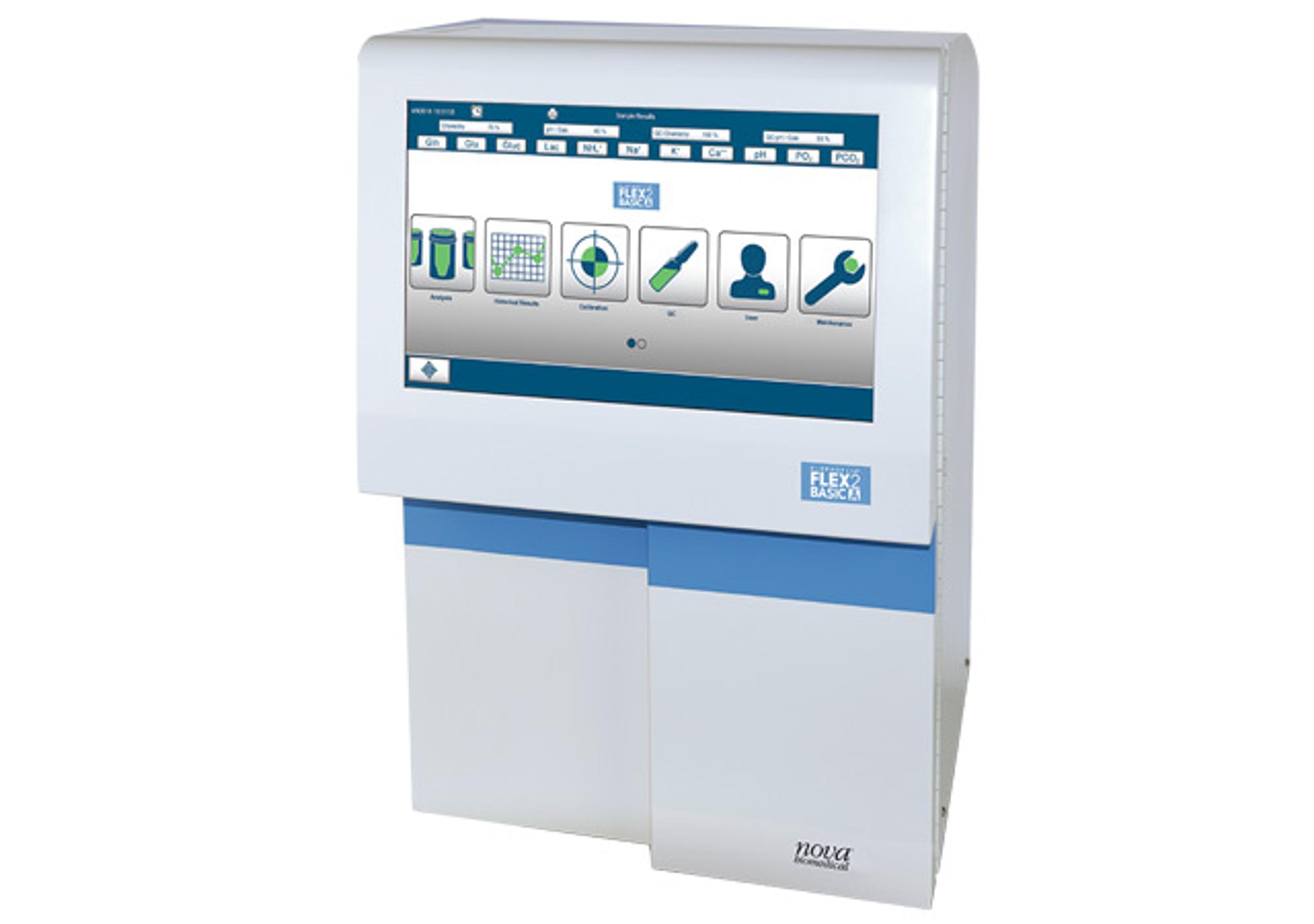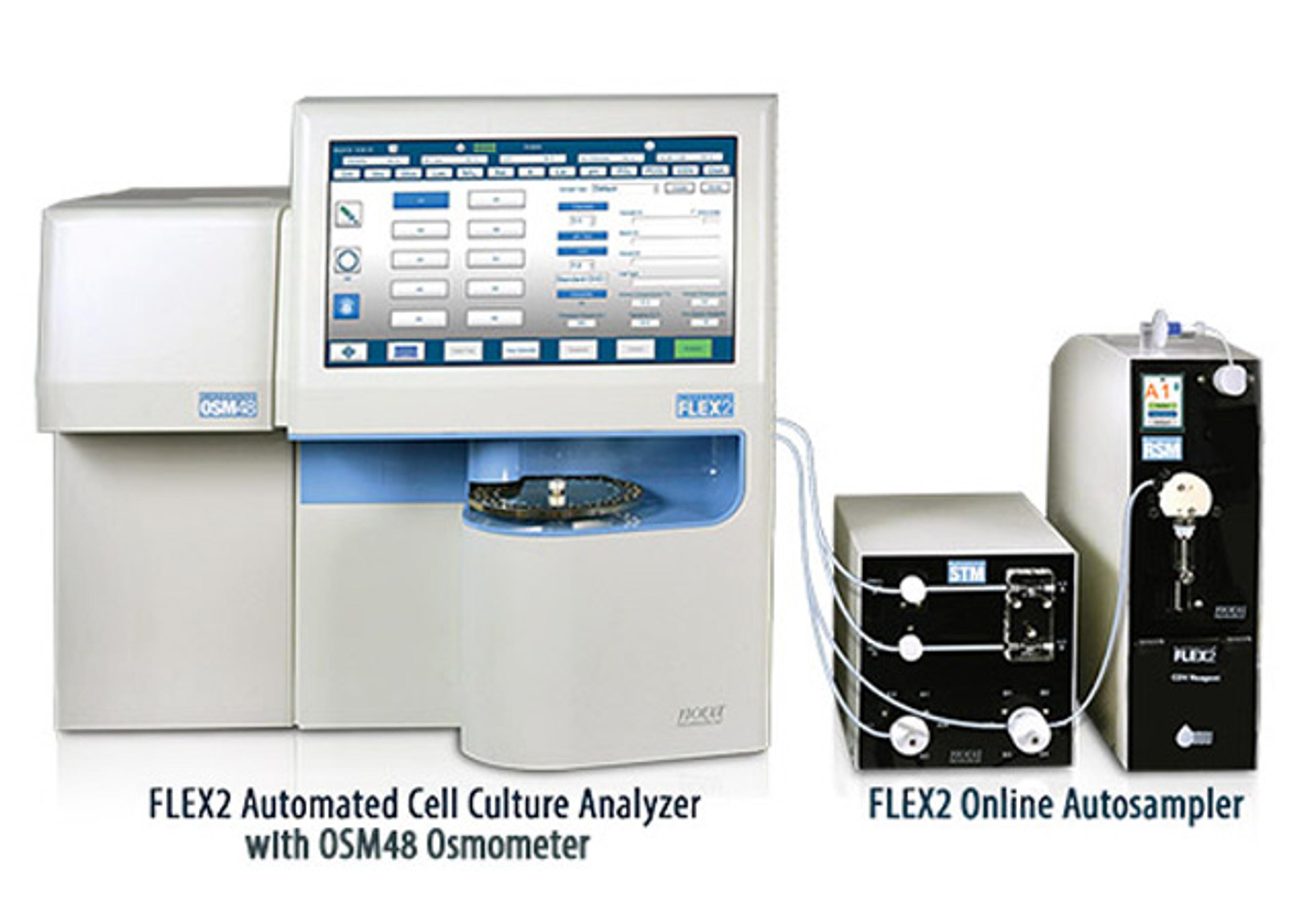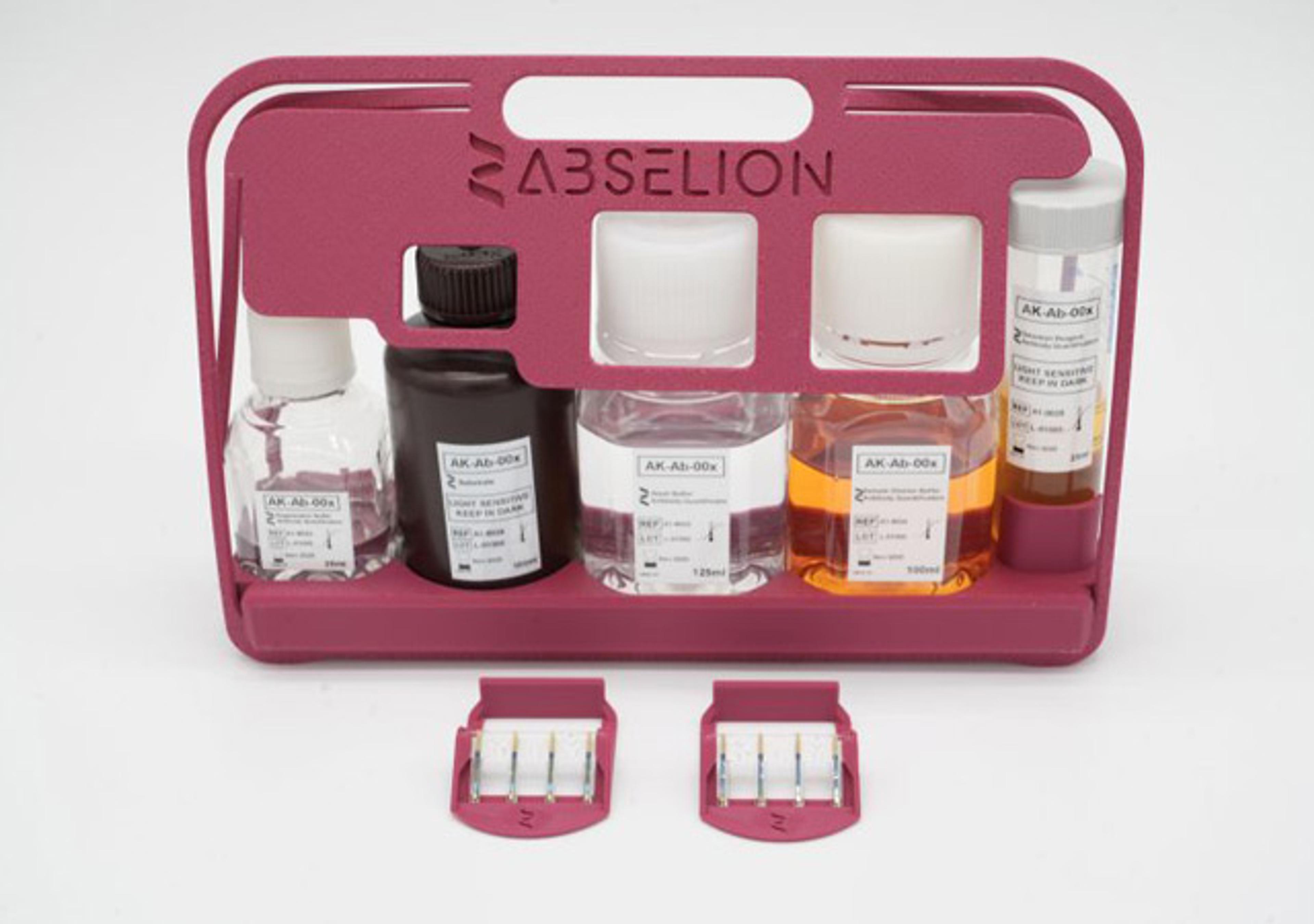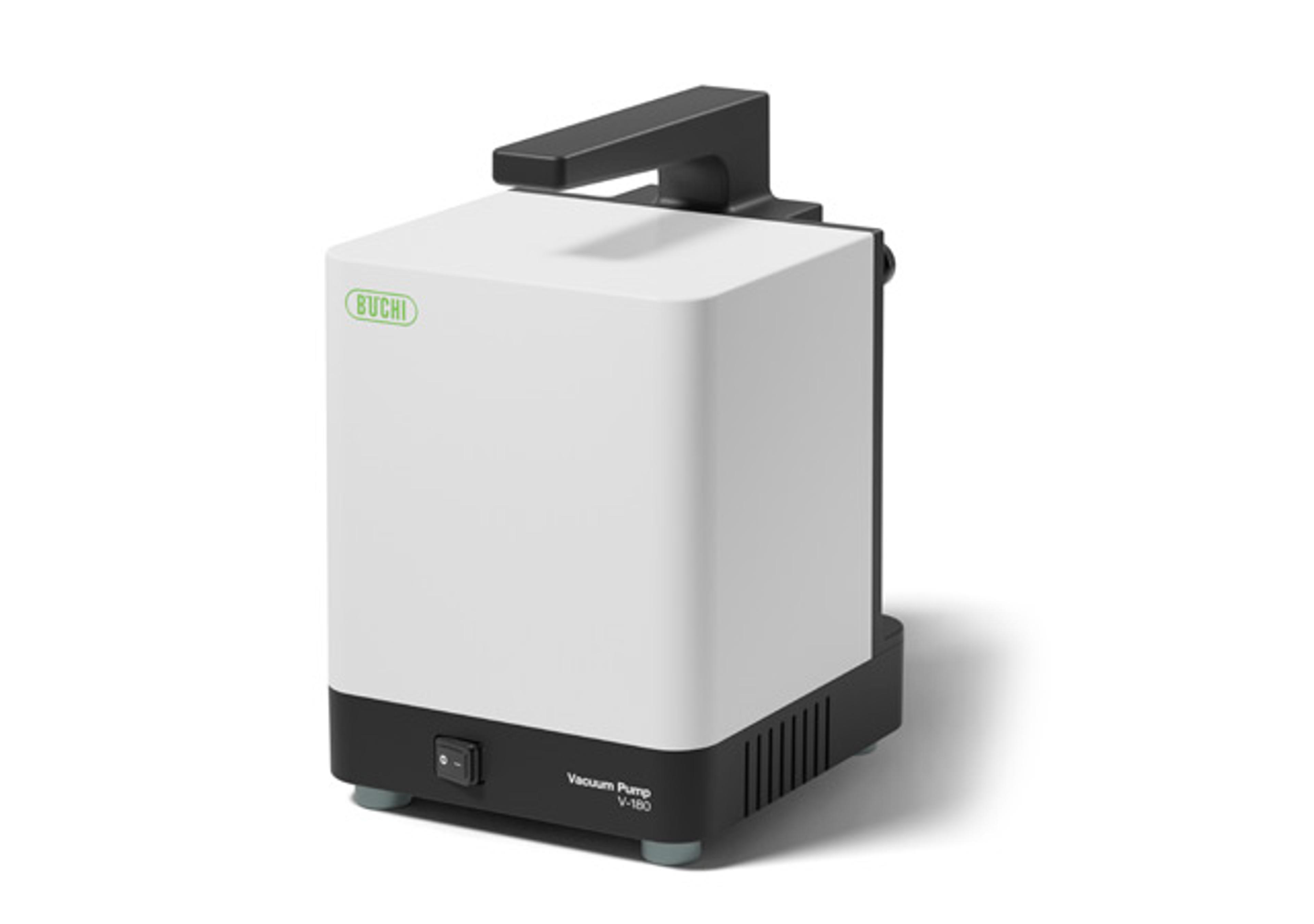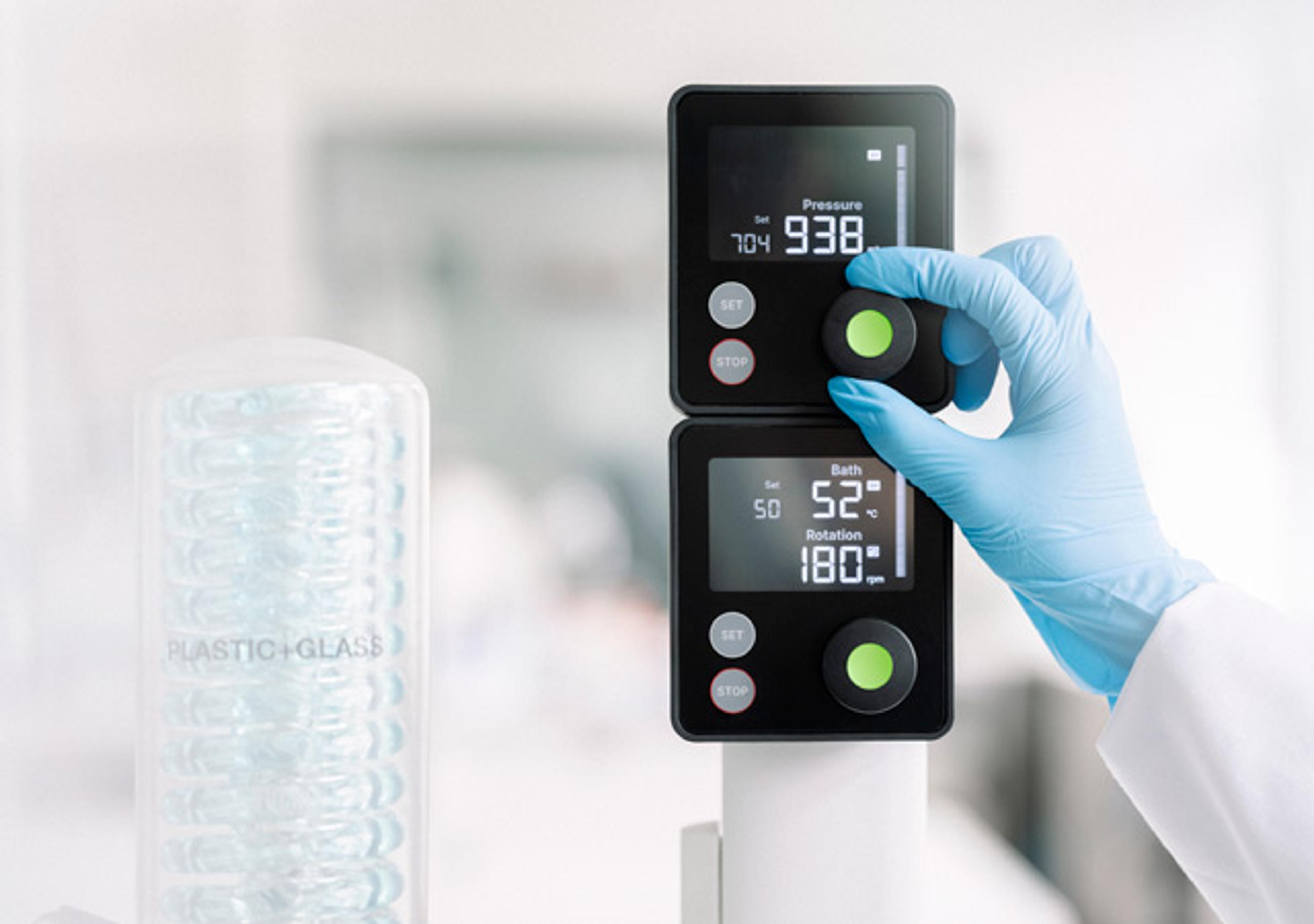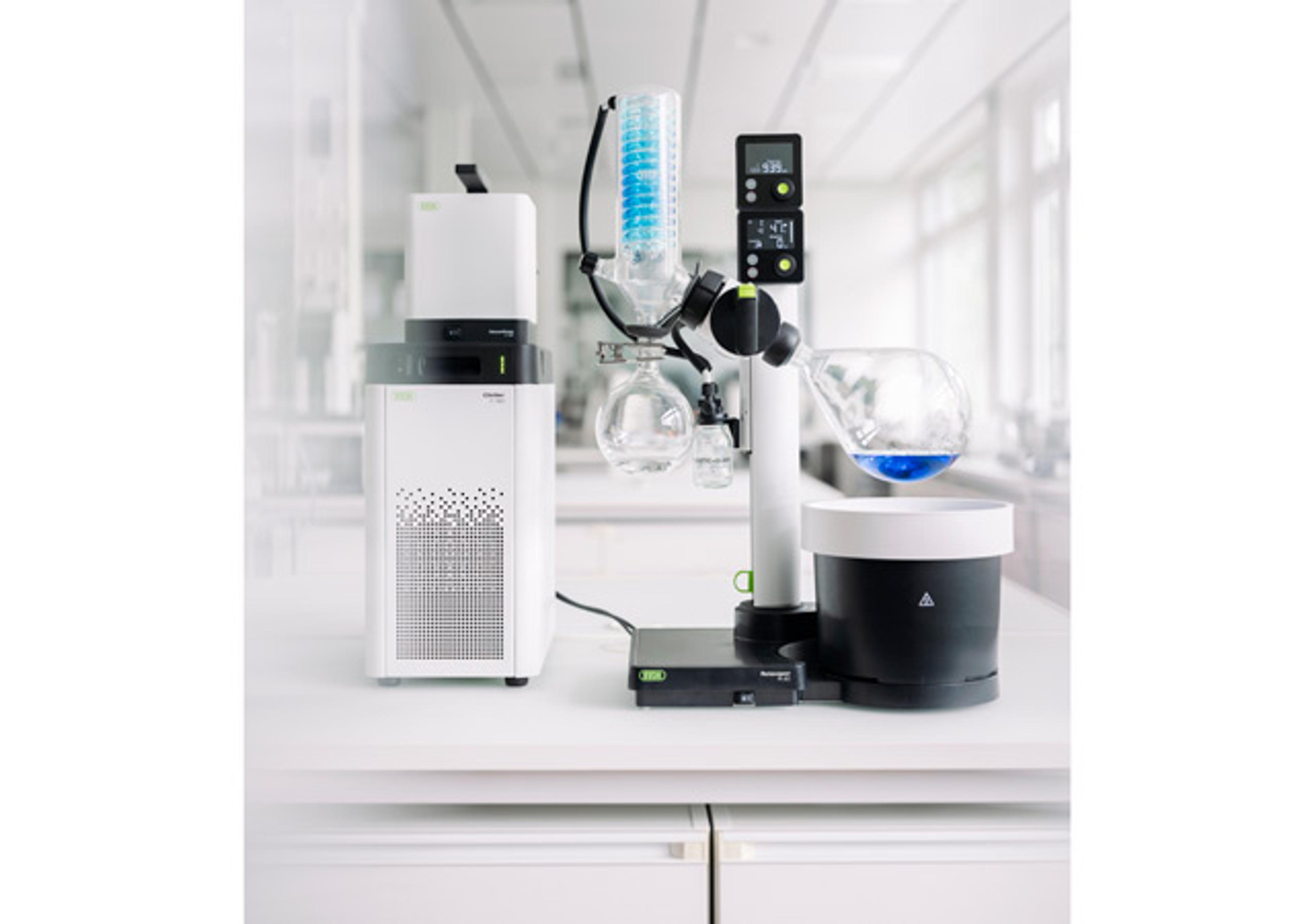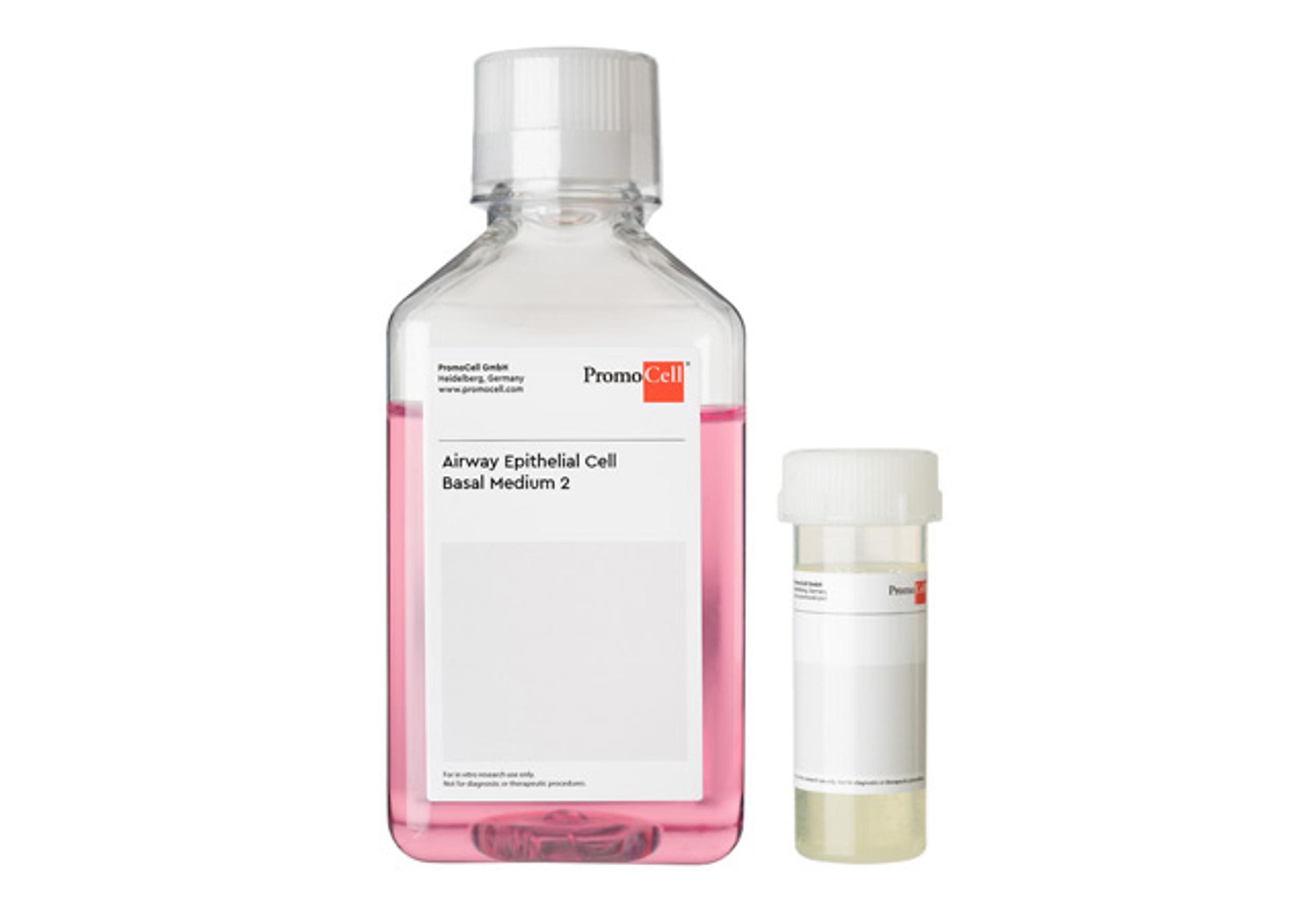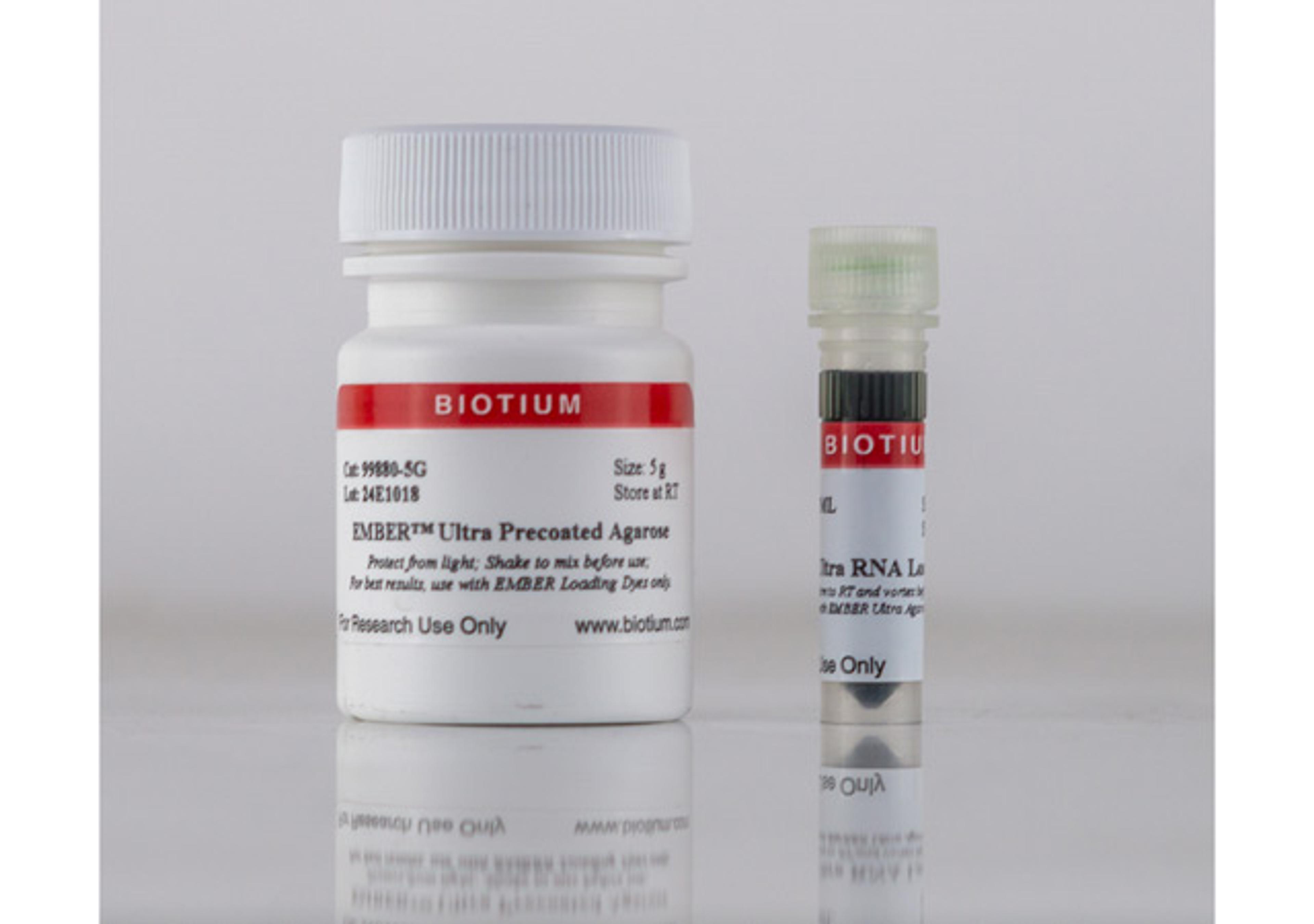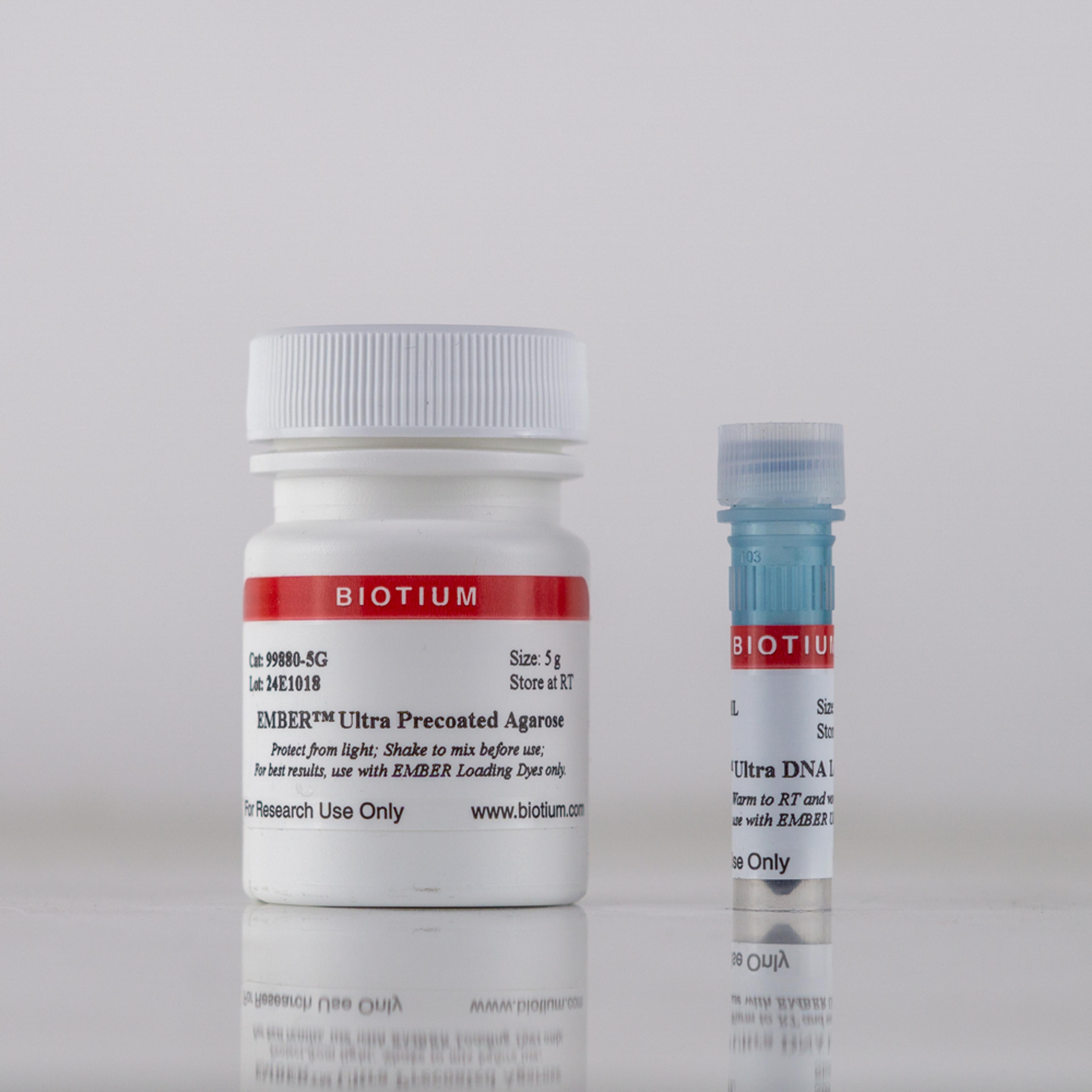GAD-65, anti
High Quality Assays with Reproducible and Reliable Results

The supplier does not provide quotations for this product through SelectScience. You can search for similar products in our Product Directory.
The GAD ELISA is an in vitro qualitative ELISA test for the detection of circulating autoantibodies to glutamic acid decarboxylase (GAD) antigen in prediabetic high risk individuals as well as IDDM diabetic patients.Insulin- dependent diabetes mellitus (IDDM), Type 1, is caused by the autoimmune destruction of the beta cells of the pancreas (1, 2). This selective autoimmune pathogenesis causescomplete elimination of insulin secretion. The immunological evidence was demonstrated by the presence of specific islet cell autoantibodies in IDDM patient’s sera (3). At least three autoantibodies have been identified against antigenic components of the islet cells in Type 1 diabetic patients. These autoantibodies are directed specifically to islet cell antigenic component(s) (4), glutamic acid decarboxylase (5) and insulin (6). Glutamic acid decarboxylase (GAD) is the biosynthetic enzyme for the neurotransmitter inhibitor gamma-amino butyric acid, GABA (7). Two forms of GAD, 65 Kda and 67 Kda, are produced by a single gene and are highly homogenous (8-10). 65-Kda GAD and 67-Kda GAD are identified in brain and Islet cells and are differentially expressed in human, rat and mouse pancreas (11,12). Since diabetes is a chronic autoimmune disease involving beta-cell destruction, early and accurate prediction of the onset of the disease at the preclinical (asymptomatic) stage will help to intervene in the islet cells destruction and to preserve the maximum possible beta-cell mass. The screening of high-risk populations, for all the three autoantibodies (ICA, IAA and GAD) will help to either prevent or to slow down the onset of the disease. A high-risk (asymptomatic) population, positive to two or more autoantibodies, is vulnerable for developing IDDM, usually in the next 5-7 years (13,14).A purified GAD antigen is immobilized onto microwells. GAD specific IgG antibodies present in the patient's serum sample are allowed to react with the antigen. The excess /unbound serum proteins are washed-off from the microwells. An enzyme (alkaline phosphatase) labeled goat-antibody, specific to human IgG is added to the GAD antibody complex. After washing off excess unreacted enzyme conjugate from the microwells, a substrate (PNPP) is added and the color generated is measured spectrophotometrically. The intensity of the color developed gives directly the concentration of GAD autoantibodies in the test serum sample. GAD positive and negative controls serve as an internal qualitycontrol to ensure valid results.




